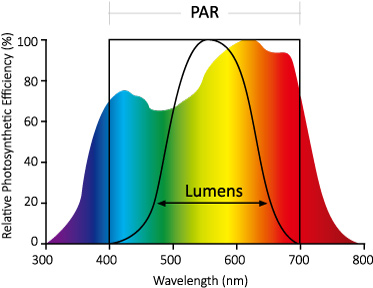- Joined
- Jan 11, 2017
- Messages
- 246
- Reaction score
- 198
Thinking of upping the blues on my older generation ReefBreeders Photon 48 V1 to add a little more "pop".
Changes of course will be done very slow and in a controlled manner to not cause shock to the corals.
Most of what I have seen and/or read has indicated that when tuning your lights, you should tune your whites to look pleasing to the eye. Will a 10% increase in blues and 10% decrease in whites result in the same PAR? To what extent do white LED's contribute to overall PAR?
Thanks in advance.
Changes of course will be done very slow and in a controlled manner to not cause shock to the corals.
Most of what I have seen and/or read has indicated that when tuning your lights, you should tune your whites to look pleasing to the eye. Will a 10% increase in blues and 10% decrease in whites result in the same PAR? To what extent do white LED's contribute to overall PAR?
Thanks in advance.
















